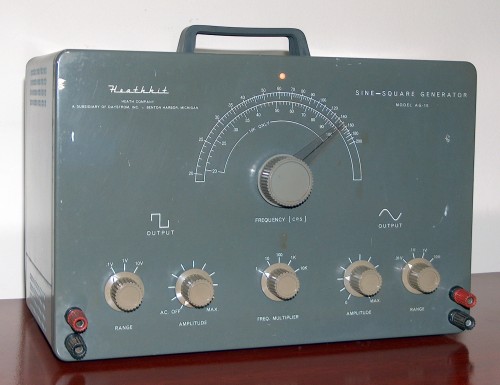I'm working on debugging someone's bf vibrochamp build and got stuck. It has very low output with bad guitar sound.
First I found a dead 5y3 and replaced that. It also had the unused 4 ohm tap tied to the nfb and first thought it was incorrect but it wouldn't matter which tap it was tied to, right? Anyway I tied the nfb straight to the 8 ohm tap that's being used for the output. Didn't change anything. Can't find any mistakes in the wiring. Voltages look normal as compared to the layout and schematic. It makes vibrato effect but sounds bad in its current state. The wiring isn't real neat but the connections appear to be solid enough to work and nothing appears to be missing. Tube swapping didn't yield anything. It's a new Classictone OT. Never had any issues with ClassicTone but you never know. Or maybe the guy shorted it out somehow but he probably would have mentioned it if he had any reason to think he might have damaged it.
I don't know... whattaya think?
First I found a dead 5y3 and replaced that. It also had the unused 4 ohm tap tied to the nfb and first thought it was incorrect but it wouldn't matter which tap it was tied to, right? Anyway I tied the nfb straight to the 8 ohm tap that's being used for the output. Didn't change anything. Can't find any mistakes in the wiring. Voltages look normal as compared to the layout and schematic. It makes vibrato effect but sounds bad in its current state. The wiring isn't real neat but the connections appear to be solid enough to work and nothing appears to be missing. Tube swapping didn't yield anything. It's a new Classictone OT. Never had any issues with ClassicTone but you never know. Or maybe the guy shorted it out somehow but he probably would have mentioned it if he had any reason to think he might have damaged it.
I don't know... whattaya think?




Comment